DRDO
SOURCE: RAUNAK KUNDE / NEWS BEAT / IDRW.ORG
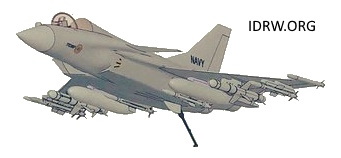
The Aeronautical Development Agency (ADA) has been given the green light by the Ministry of Defence (MoD) to complete the Critical Design Review (CDR) for the Twin Engine Deck-Based Fighter (TEDBF) program, specifically tailored for the Indian Navy’s aircraft carrier needs. In an exclusive interview with idrw.org, ADA officials expressed optimism about the potential for a modified version of the TEDBF to serve the Indian Air Force (IAF), should there be interest.
The TEDBF, a 26-ton aircraft designed for naval operations, could be adapted for Air Force use by removing features like the folding wings and the heavy-duty undercarriage and landing gear, which are essential for carrier operations. This adaptation process, according to ADA officials, could be accomplished in less than two years, presenting a significant opportunity for the IAF to leverage indigenous technology.
Continue readingSOURCE: RAUNAK KUNDE / NEWS BEAT / IDRW.ORG
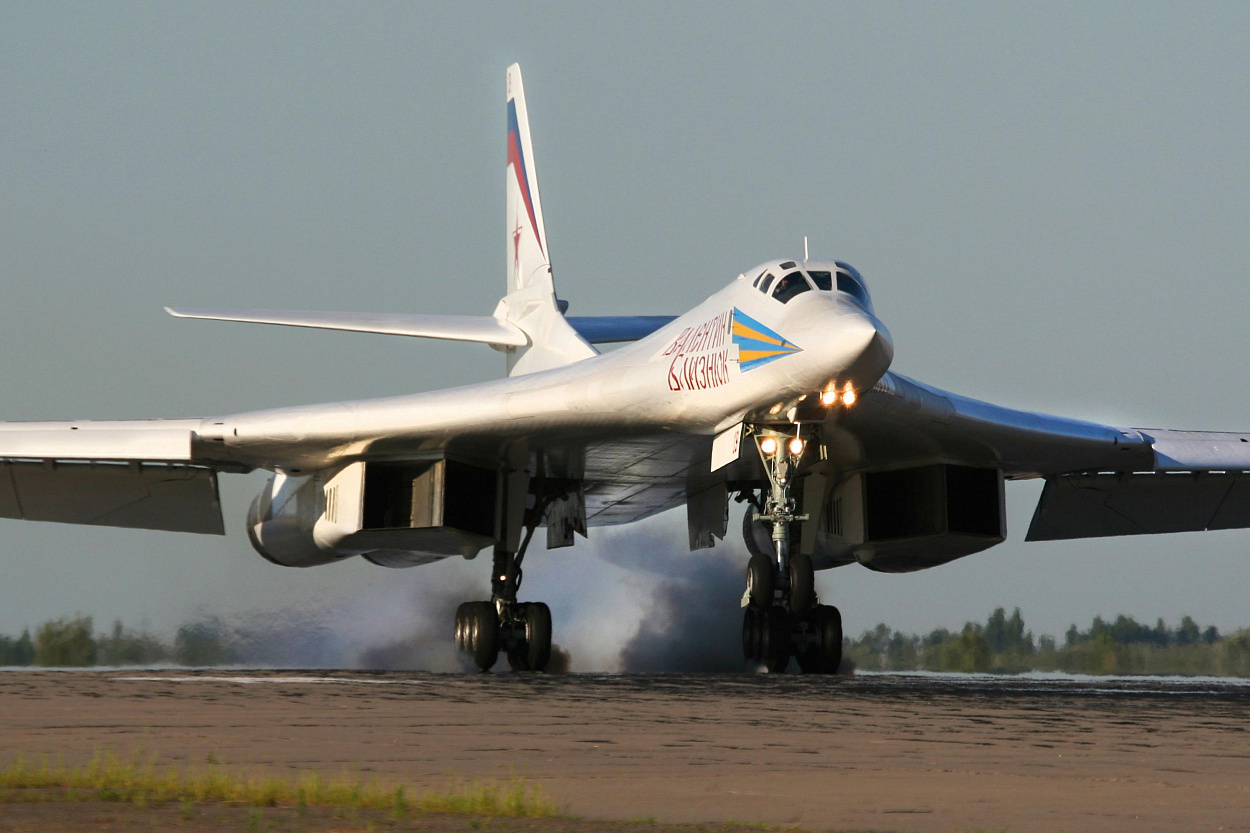
In a significant revelation, a high-ranking official from the Indian Air Force (IAF) has indicated to idrw.org that there is little interest in procuring the Russian Tu-160 strategic bombers. Despite the aircraft being indirectly offered, the IAF seems deterred by the presumed high operational costs and the lack of suitable infrastructure to support such a fleet in India.
The Tu-160, also known as the “White Swan” or “Blackjack” by NATO, is one of the largest and most powerful strategic bombers in the world. Its advanced capabilities, including carrying a range of nuclear and conventional munitions over long distances, come at a steep price. The maintenance, operation, and lifecycle management of these sophisticated aircraft would require a significant investment, which, according to the IAF official, might not be justifiable given the current budgetary constraints and strategic priorities.
Continue readingSOURCE: RAUNAK KUNDE / NEWS BEAT / IDRW.ORG
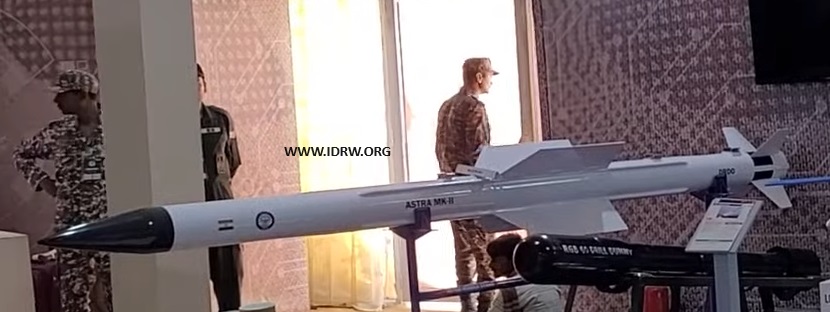
The Defence Research and Development Organisation (DRDO) is on the cusp of a significant upgrade in India’s aerial combat capabilities with the Astra Mk2 (Astra-2) missile, which is poised to become the primary Beyond Visual Range (BVR) weapon in the Indian arsenal. This development does not, however, diminish the importance of the Astra Mk1 (Astra-1), which remains vital for building a robust domestic supply chain for BVR missiles.
The Astra-2 missile is undergoing rigorous developmental trials, with expectations to complete these by 2026, leading directly into production.
Continue readingSOURCE: RAUNAK KUNDE / NEWS BEAT / IDRW.ORG
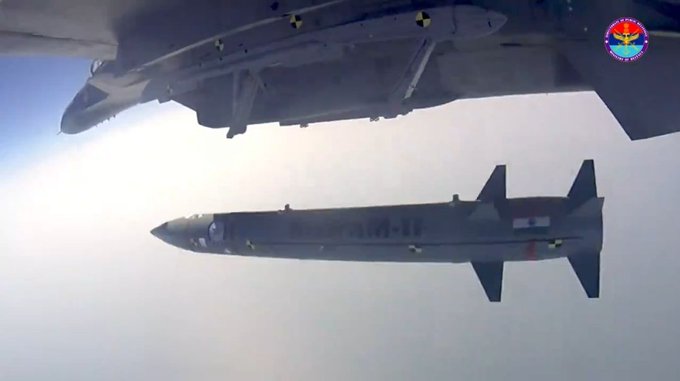
The Defence Research and Development Organisation (DRDO) is set to conduct additional trials of the Rudram-II air-to-ground missile in 2025, expanding its integration to include the Mirage-2000-5 fighter jet. The rocket, currently integrated only with the Su-30MKI, weighs 800 kilograms and carries a 200-kilogram warhead.
The Indian Air Force (IAF) is keen to broaden compatibility across its fleet, so DRDO, Hindustan Aeronautics Limited (HAL), and the Aircraft and Systems Testing Establishment (ASTE) are working in tandem to facilitate integration with the Mirage-2000-5.
Continue readingSOURCE: RAUNAK KUNDE / NEWS BEAT / IDRW.ORG
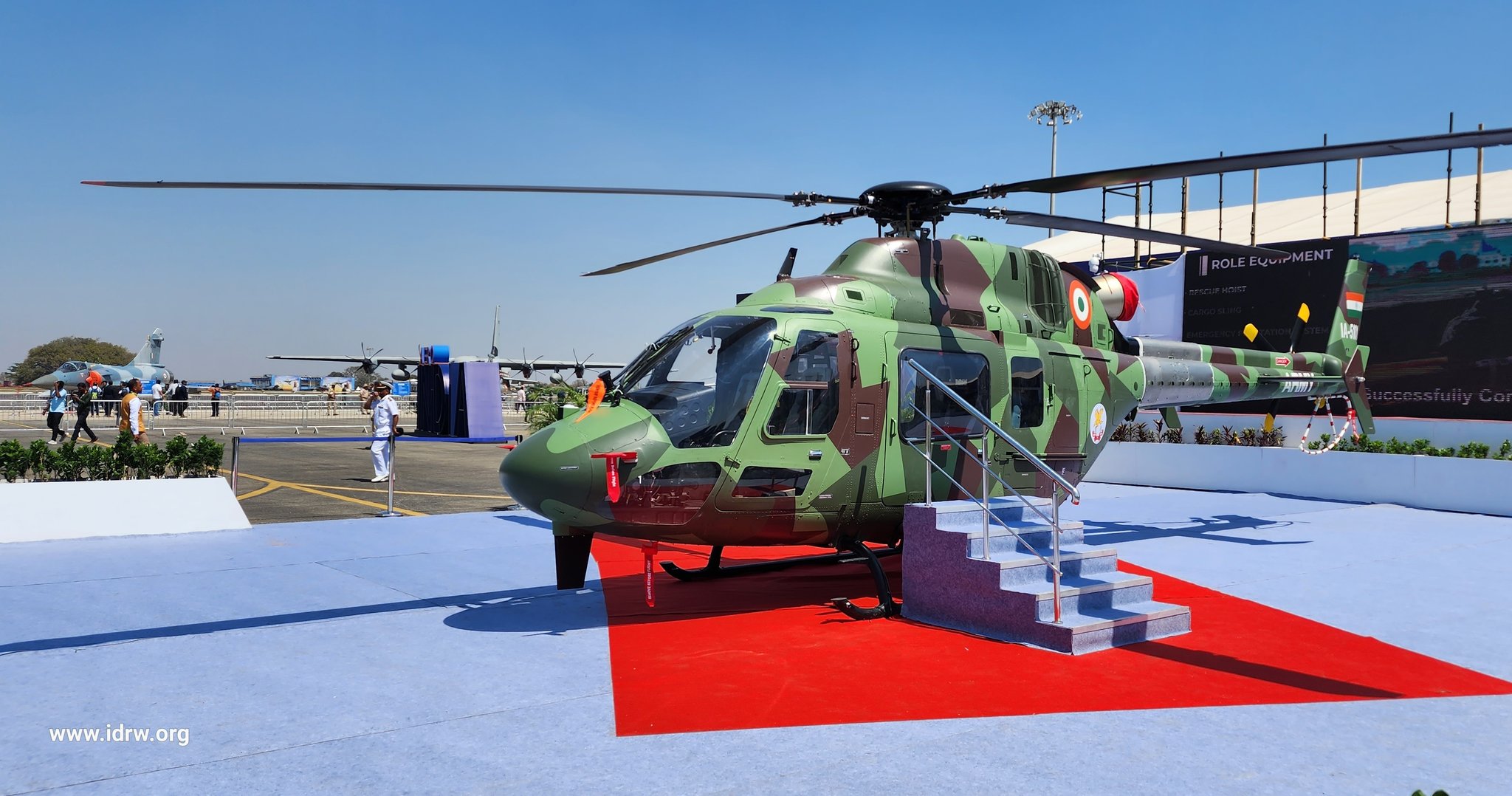
Hindustan Aeronautics Limited (HAL), the Maharatna defence Public Sector Undertaking (PSU), is making significant strides towards securing a contract for the supply of Light Utility Helicopters (LUH) to the Indian Army and Indian Air Force. The contract is expected to be signed in the second quarter of 2025, marking a major step towards replacing the aging fleet of World War II-era Cheetah and Chetak helicopters.
The LUH is designed and developed by HAL’s Rotary Wing Research and Design Centre, with the goal of addressing the operational requirements of the Indian Army Aviation Corps and the Indian Air Force. The helicopter has already received the Initial Operational Clearance (IOC) for the Indian Army from the Centre for Military Airworthiness and Certification (CEMILAC) in February 2021, a milestone that has paved the way for the ongoing finalization of its certification.
Continue readingSOURCE: IDRW.ORG

In a recent statement to idrw.org, Defence Analyst Ranesh Rajan has urged the Indian Air Force (IAF) to pioneer its own definition of what constitutes a sixth-generation fighter jet. Rajan argues that by setting its own standards, the IAF can tailor its Air Staff Requirements (ASR) to meet specific operational needs rather than adopting definitions set by global powers like the USA and China.
Rajan’s perspective comes at a time when the global aerospace community is actively debating the characteristics that would distinguish a sixth-generation fighter from its predecessors. Traditionally, the evolution of fighter jets has been largely influenced by Western and, increasingly, Chinese definitions, which focus on aspects like enhanced stealth, artificial intelligence (AI), unmanned teaming capabilities, and hypersonic weaponry.
Continue readingSOURCE: RAUNAK KUNDE / NEWS BEAT / IDRW.ORG

The Tejas MkII, an advanced iteration of India’s indigenously developed Light Combat Aircraft (LCA), is set to revolutionize situational awareness and combat efficiency with its cutting-edge information fusion capabilities. Designed by the Aeronautical Development Agency (ADA), the Tejas MkII will integrate a suite of sensors and algorithms to create a comprehensive tactical picture, significantly enhancing operational effectiveness.
The Tejas MkII will be equipped with a comprehensive array of sensors designed to provide a multi-faceted view of the battlefield.
Continue readingSOURCE: RAUNAK KUNDE / NEWS BEAT / IDRW.ORG

After successfully clinching its first export deal for the Akash-1S Air Defence System with Armenia, India is now engaging in negotiations with another prospective buyer, signalling a burgeoning interest in Indian defence technology on the global stage.
The Akash is a medium-range surface-to-air missile (SAM) system developed by India’s Defence Research and Development Organisation (DRDO). It is capable of detecting and tracking enemy aircraft at long ranges and can engage them effectively within a 25-kilometer radius. The system was inducted into the Indian Air Force in 2014 and the Indian Army in 2015, with the Army procuring four units and the Air Force securing seven.
Continue readingSOURCE: RAUNAK KUNDE / NEWS BEAT / IDRW.ORG

Hindustan Aeronautics Limited (HAL) has announced that it will showcase an innovative Optionally-Manned Combat Aircraft (OMCA) based on the modified Kiran Mk2 Stage-II Trainer aircraft at the upcoming Aero India 2025. This development is part of HAL’s broader Combat Air Teaming System (CATS), aiming to revolutionize aerial warfare through advanced unmanned and manned-unmanned teaming capabilities.
The OMCA project envisions transforming the venerable Kiran Mk2 trainer, which has been a stalwart in the Indian Air Force (IAF) for decades, into a versatile combat platform. The aircraft will operate in both Autonomous and Ground controlled modes, offering a flexible asset for various mission profiles. The primary use of the OMCA will be as a decoy system, intended to draw out enemy air defense systems by mimicking the signatures of more valuable combat aircraft, thus exposing and engaging these defenses before the main force arrives.
Continue readingSOURCE: RAUNAK KUNDE / NEWS BEAT / IDRW.ORG

India’s Defence Research and Development Organisation (DRDO) is making significant strides in the development of its next-generation Beyond Visual Range Air-to-Air Missile (BVRAAM), commonly referred to as the Astra MkIII. Building on the success of its predecessors, the Astra MkI and MkII, this new variant aims to enhance India’s air combat capabilities by incorporating cutting-edge technology and achieving longer engagement ranges.
The Astra MkIII introduces a ramjet engine, a propulsion system that provides sustained thrust over longer distances, enabling the missile to maintain high speeds and manoeuvrability during mid-course flight. DRDO has completed successful ground trials of the missile system and is now preparing for air trials using the Su-30MKI as the testbed platform.
Continue readingSOURCE: RAUNAK KUNDE / NEWS BEAT / IDRW.ORG
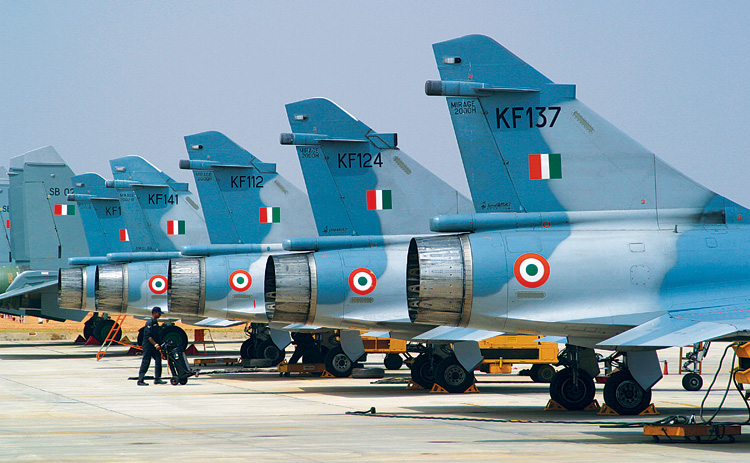
The Indian Air Force (IAF) is actively seeking to collaborate with domestic private sector companies to secure the future of its Mirage 2000 fleet by focusing on the local manufacturing of spares for the SNECMA M53 engine. This engine, an afterburning turbofan developed by Snecma (now part of Safran Aircraft Engines) for the Dassault Mirage 2000, is crucial for sustaining the operational capability of the IAF’s Mirage-2000 aircraft until at least 2035.
The Mirage 2000, a multi-role fighter jet, has been a significant asset for the IAF since its induction in the 1980s. The SNECMA M53 engine powers these aircraft, offering versatility and high performance with its thrust capabilities. With plans to maintain the fleet operational for another decade, the IAF’s strategy includes ensuring a steady supply of engine spares and wearables, which are essential for regular maintenance and operational readiness.
Continue readingSOURCE: RAUNAK KUNDE / NEWS BEAT / IDRW.ORG
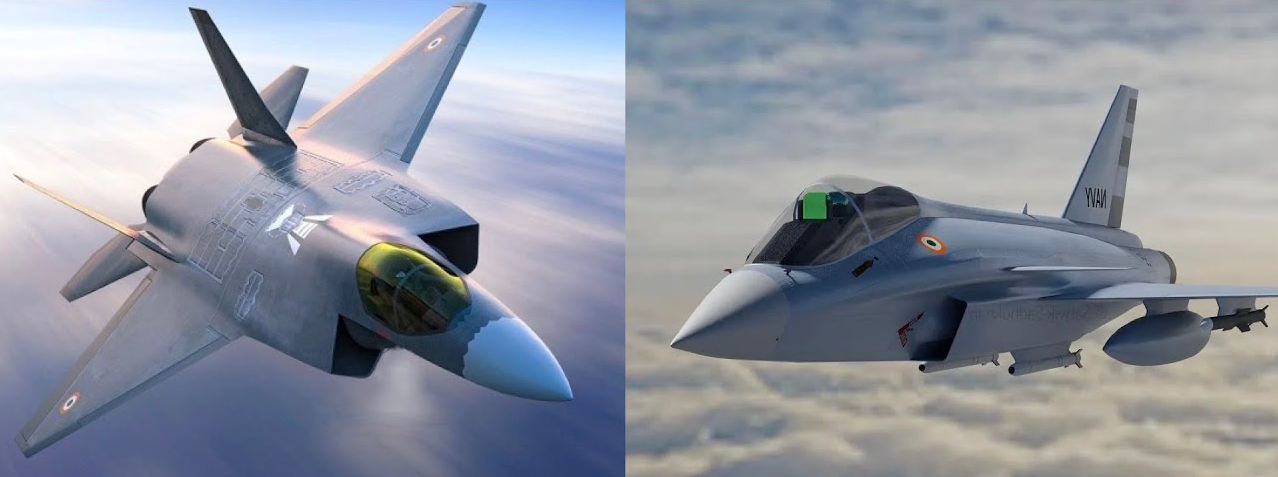
In a strategic move to optimize defence resources and promote Indigenous manufacturing, the Ministry of Defence (MoD) is poised to integrate the Indian Air Force (IAF) into the Indian Navy’s Twin Engine Deck Based Fighter (TEDBF) program. This decision aims to address the substantial funding and production requirements of the TEDBF project, which are comparable to those of the IAF’s Advanced Medium Combat Aircraft (AMCA) program.
The TEDBF program, designed to replace the ageing MiG-29K fleet onboard the Indian Navy’s aircraft carriers, requires significant investment. The Navy has outlined a need for approximately 145 units. However, the MoD has initially approved the procurement of 80 units. To ensure the financial viability of this project and to attract private sector involvement, it’s estimated that around 200 jets need to be produced.
Continue readingSOURCE: RAUNAK KUNDE / NEWS BEAT / IDRW.ORG

BrahMos Aerospace is in discussions with the Indian Army to develop a ground-based variant of the upcoming BrahMos-NG cruise missile. This variant would feature a booster stage and could be mounted on 8×8 Heavy Mobility Vehicles (HMVs). The lighter and more agile configuration aims to address specific operational needs, particularly in high-altitude terrains.
The IAF has already expressed strong interest in the BrahMos-NG program, particularly for its air-launched configuration. The lighter weight and smaller dimensions of the NG missile make it compatible with a wider range of aircraft, including smaller platforms like the LCA Tejas Mk1A.
Continue readingSOURCE: RAUNAK KUNDE / NEWS BEAT / IDRW.ORG
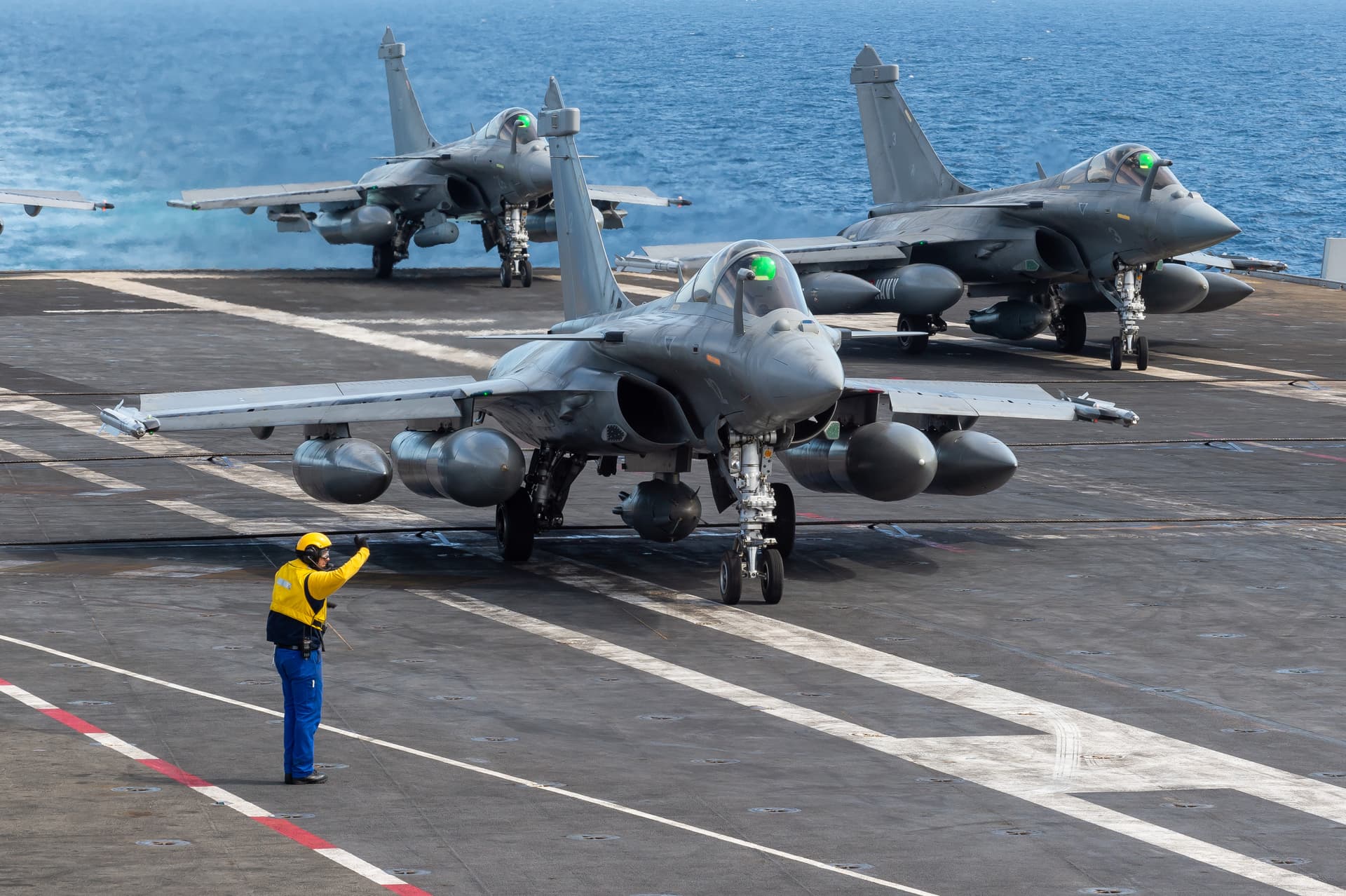
In a significant development for India-France defense relations, Indian Prime Minister Narendra Modi is poised to finalize the purchase of 26 Rafale M jets during his anticipated visit to Paris in February. The visit coincides with the AI Action Summit, hosted by French President Emmanuel Macron, which aims to harness artificial intelligence for global progress.
Last month, India’s Ministry of Defence gave the green light to acquire these 26 Rafale-M fighter jets alongside three additional Scorpène-class submarines from France. The Rafale-M deal, a government-to-government transaction, includes 22 single-seat jets and 4 twin-seat trainers, along with comprehensive support packages such as equipment, weapons, simulators, spare parts, crew training, and logistical support.
Continue readingSOURCE: RAUNAK KUNDE / NEWS BEAT / IDRW.ORG
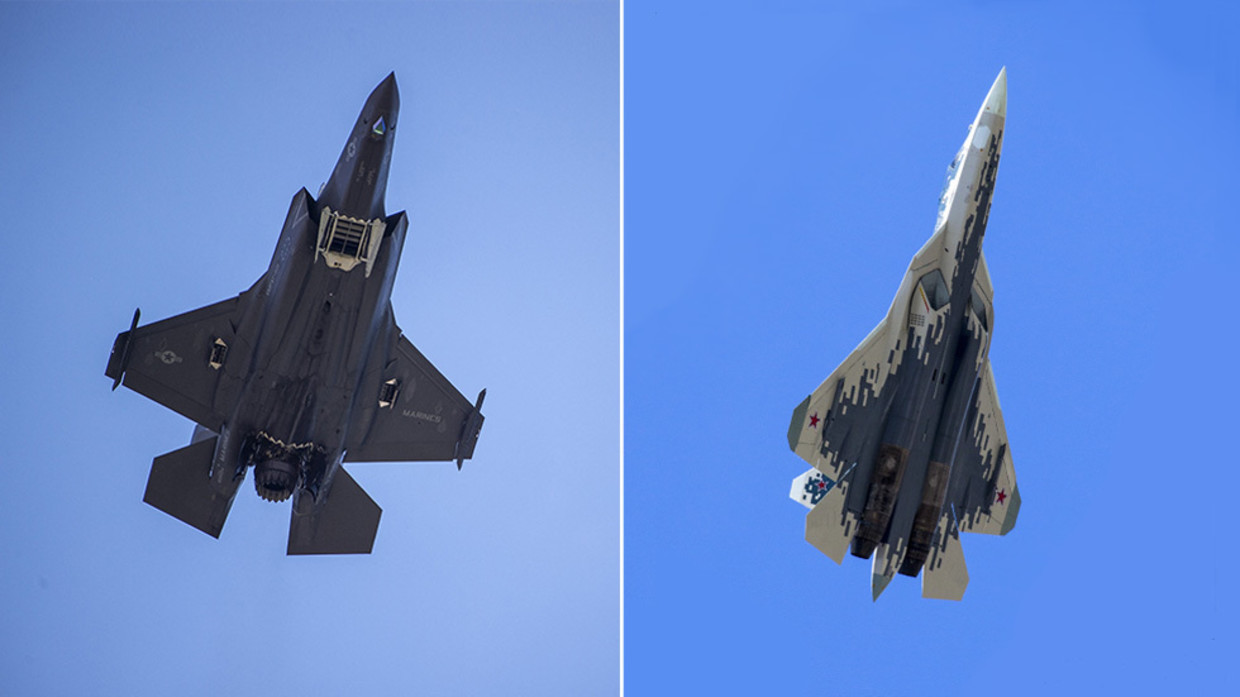
In a significant move to bolster its diminishing combat strength, the Indian Air Force (IAF) and the Ministry of Defence (MoD) have agreed to establish a committee tasked with expediting the procurement of fighter jets, focusing particularly on the long-stalled Multi-Role Fighter Aircraft (MRFA) tender. According to sources from idrw.org, a major decision on this front might be reached by May 2025, driven by the urgency to prevent the IAF’s squadron strength from falling to a critical low of 28, which would be just 3-4 squadrons more than the Pakistan Air Force (PAF) by the year’s end.
The MRFA tender, which has been languishing since 2019, aims to procure 110 advanced fighter jets. However, the committee’s mandate does not extend to reviewing the progress of existing indigenous fighter jet programs like the Tejas or the Advanced Medium Combat Aircraft (AMCA). Instead, it’s primarily focused on strategies to swiftly increase the number of operational squadrons.
Continue reading